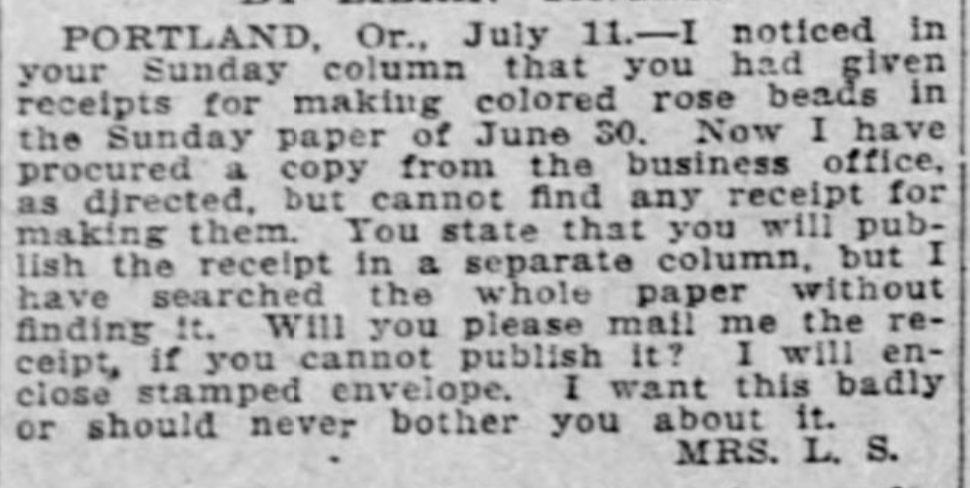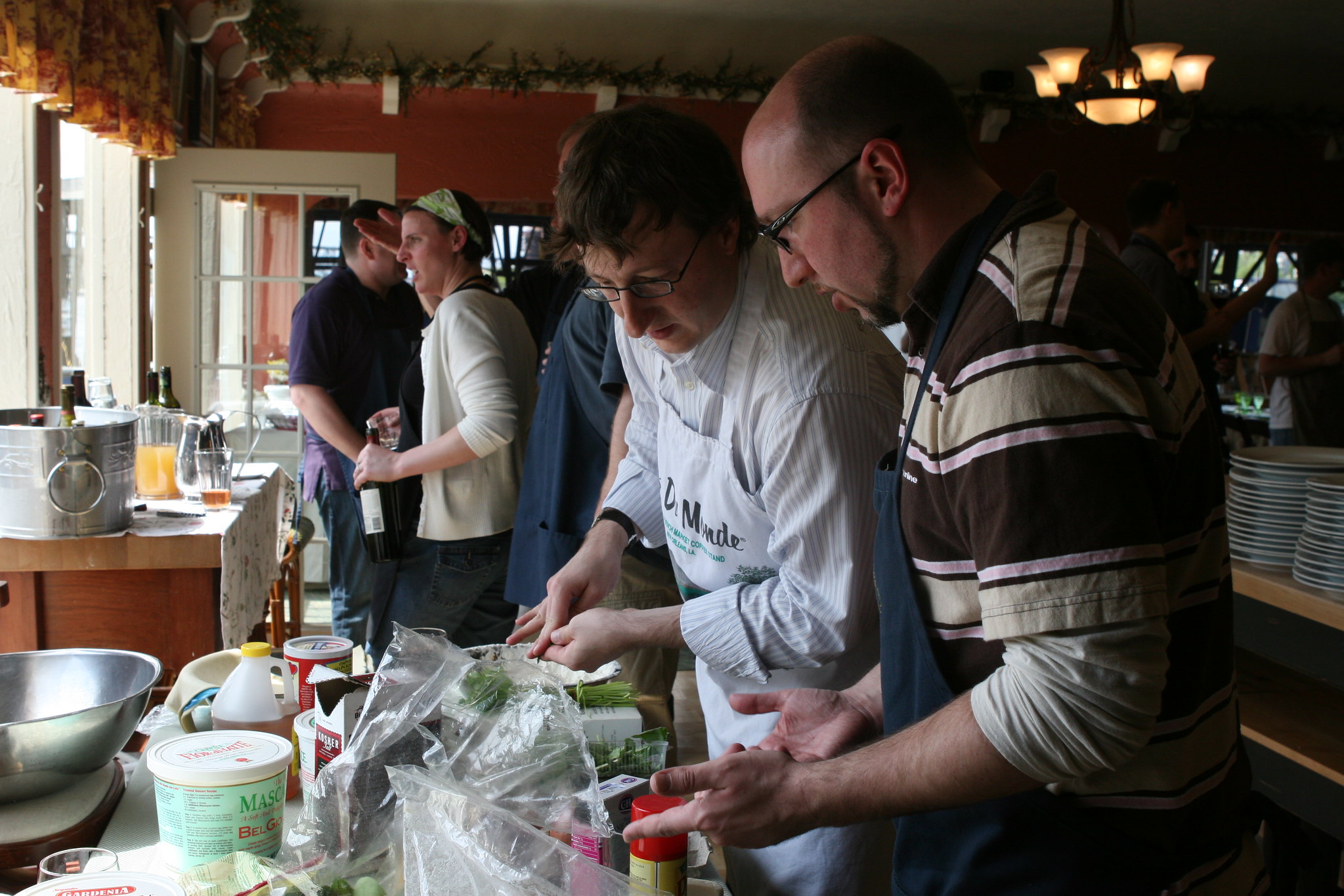10 Images and Media
Images
Best Practices:
- Use alt text for functional images
-
Alt text should concisely describe the content and functionality of the image.
- On their website Alt Text As Poetry Bojana Coklyat and Shannon Finnegan emphasize that the primary goal of alt text must always be making the internet more accessible and highlight three ideas from the world of poetry that are helpful when writing alt text:
- Attention to Language
- Word Economy
- Experimental Spirit: trying different strategies and learning from others.
- On their website Alt Text As Poetry Bojana Coklyat and Shannon Finnegan emphasize that the primary goal of alt text must always be making the internet more accessible and highlight three ideas from the world of poetry that are helpful when writing alt text:
- Include long descriptions of complex images, charts, maps, etc.
- Don’t replicate alt text in captions.
Examples
Long description:

Another example: long description for comics. Multi-panel comics almost always need to be transcribed.
Activity:


What would you write to use as alt text for the images above? How could the context of the image change how you describe the image in the alt text? Is one of these images harder to write alt-text for? If so, why?
Want another challenge? check out CUNY: alt text for memes
Resources
Multimedia
Multimedia includes and content that has video and/or audio.
The BC Campus Accessibility Toolkit asks you to think about these questions when evaluating what you need to do to make multimedia accessible:
- Does your multimedia resource include audio narration or instructions? If so, you should:
- provide a complete transcript of all speech content and relevant non-speech content in the resource
- Does your multimedia resource include audio that is synchronized with a video presentation? If so, you should:
- provide captions of all speech content and relevant non-speech content in the resource
- Does your multimedia resource include contextual visuals (e.g., charts, graphs) that are not addressed in the spoken content? If so, you should:
- provide audio descriptions of relevant visual materials in the resource
Best Practices:
- Automated captions are a good place to start, but not enough. Platforms like Panopto and YouTube will generate auto-captions which can be very helpful in reducing the labor in captioning. But it’s important to go back and correct/ edit the captions.
- Captions should include all speech content and all relevant non-speech audio.
- Transcripts should include: the speaker’s name, relevant descriptions of the audio or non-speech audio in brackets, headings to structure the text in brackets to indicate they were not part of the original audio.
- Try to avoid the need for audio description when possible by explaining important visuals verbally in videos.
Resources
Image Descriptions:
Fig 10.1 Newspaper clipping, text reads: PORTLAND, OR., July 11- I noticed in your Sunday column that you had given receipts for making colored rose beads in the Sunday paper of June 30. Now I have procured a copy from the business office as directed but cannot find any receipt for making them. You state that you will publish the receipt in a separate column, but I have searched the whole paper without finding it. Will you please mail me the receipt if you cannot publish it? I will enclose stamped envelope. I want this badly or should never bother you about it. Mrs. L.S. [Return to Fig 10.1]
Attribution
The images section of this chapter was adapted from the Accessibility Toolkit 2nd Edition: Images by BCcampus which is licensed under a Creative Commons Attribution 4.0 International License.
The multimedia section of this chapter was adapted from the Accessibility Toolkit 2nd Edition: Multimedia by BCcampus which is licensed under a Creative Commons Attribution 4.0 International License.
Fig 10.1 is a public domain image, source: Tingle, Lilian. “Rose Beads Popular and Are Easily Made.” The Sunday Oregonian. June 30, 1912. Historic Oregon Newspapers.https://oregonnews.uoregon.edu/lccn/sn83045782/1912-06-30/ed-1/seq-68/
Media Attributions
- Red panda © Mathias Appel via Flickr is licensed under a Public Domain license
- Cooking School 223 © Gamerscore Blog is licensed under a CC BY-SA (Attribution ShareAlike) license

